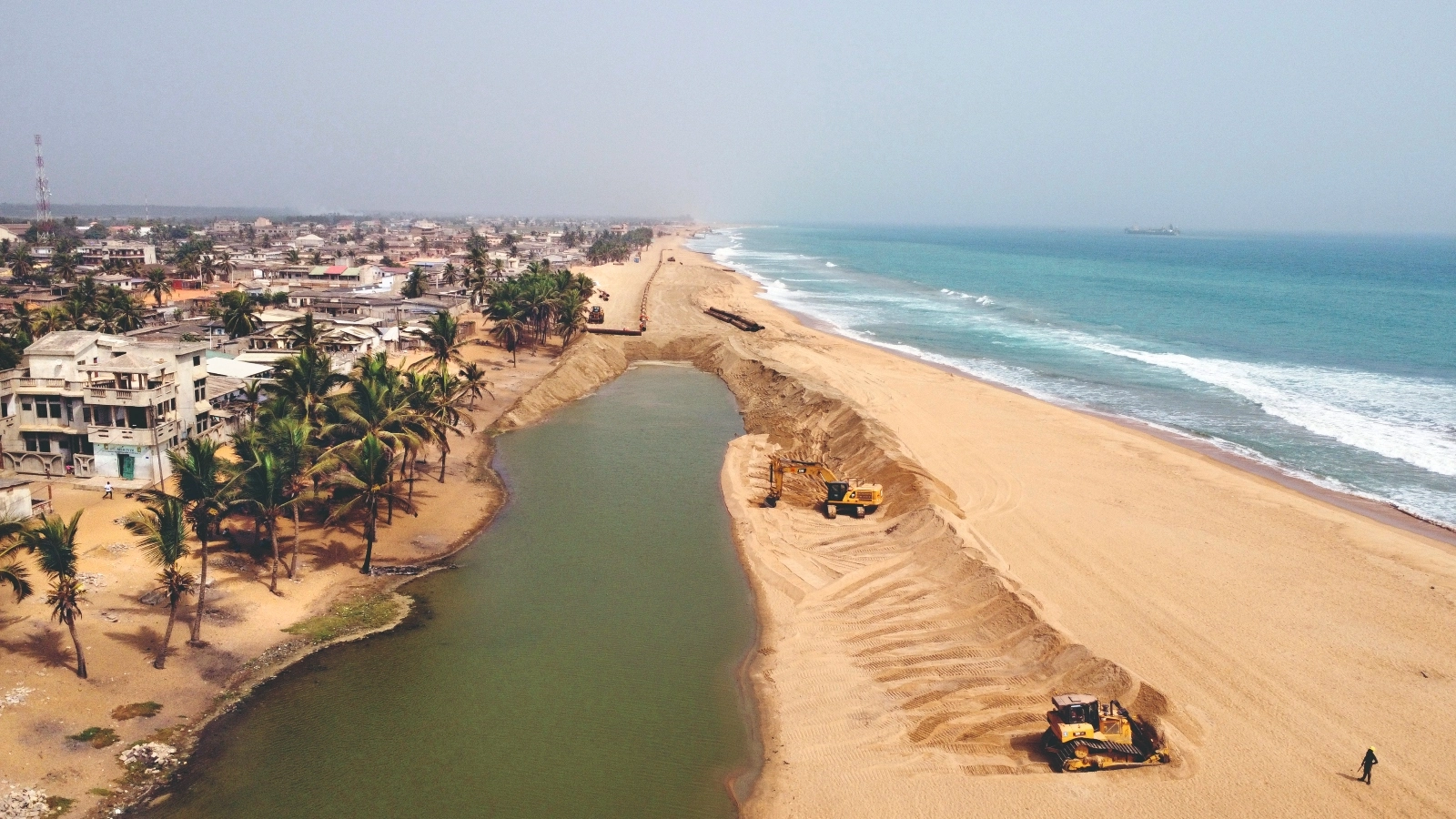When governments find themselves fighting the threat of coastal erosion, their default response tends to be pretty simple: If sand is disappearing from a beach, they pump in more sand to replace it. This strategy, known as “beach nourishment,” has become a cornerstone of coastal defenses around the world, complementing hard structures like sea walls. North Carolina, for instance, has dumped more than 100 million tons of sand onto its beaches over the past 30 years, at a cost of more than $1 billion.
The problem with beach nourishment is obvious. If you dump sand on an eroding beach, it’s only a matter of time before that new sand erodes. Then you have to do it all over again.
Ohp! Rich people’s homes are in danger! Better terraform the planet!
love how this money is being spent. who needs affordable housing when ocean front estates are in jeopardy?
Honestly strategic allocation of plant life like Mangrove trees would help counteract a lot of coastal erosion, same with strategically placed barriers and baffles, “beach nourishment” is literally just feeding the ocean more sand.
After reading the article sounds like the answer is no. Sounds like the real issue is that people want a beach, but having a beach just means adding sand and choosing either faster or slower erosion.
Seems like they should look at a break wall or plant life or things that are more resilient.



